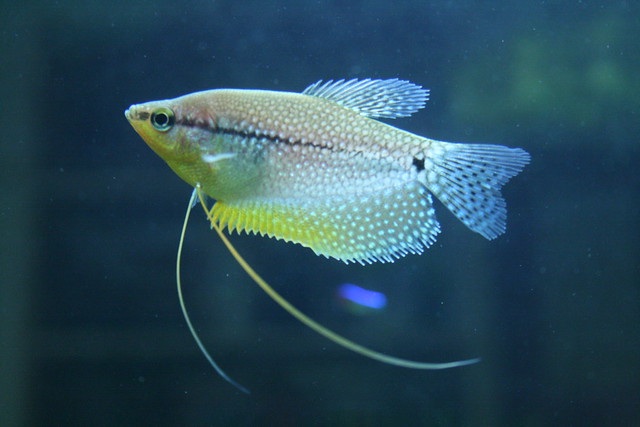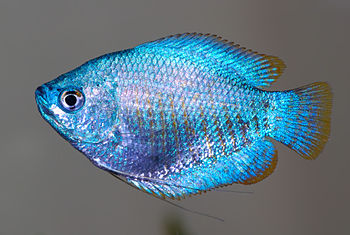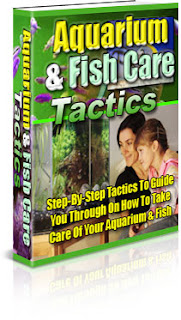(Original Title: Keeping the Beautiful Dwarf Gourami)
 |
| Female and male dwarf gouramis (Colisa lalia) showing sexual dimorphism. (Photo credit: Wikipedia) |
Keeping the Dwarf Gourami
The scientific name usually used for the Dwarf Gourami is Colisa lalia. It is native to India, Bangladesh and Pakistan, and possibly to Myanmar, Nepal and Borneo. It is found in the tributaries of the Ganges and Brahmaputra rivers, and is found in slow moving streams and lakes, and can grow in flooded rice fields.
It has been introduced to Colombia, Singapore, Taiwan and Florida in the United States of America. It is probably established in these countries.
It has also been introduced to The Philippines and Canada, but I do not know if it is established in these two countries.
Size
As its name suggests this is one of the smaller gouramis. Although 10 centimetres (4 inches) is reported as a maximum size for this fish, most of the ones I see are more like 5 centimetres (2 inches) long. Water Conditions The normally recommended temperature range for this fish is 25 - 28 degrees C (77-83 degrees F). The Dwarf Gourami comes from the tropics, and is basically a tropical fish. However, part of its range includes waterways in the mountainous areas of India, and it has been reported in Nepal which is not a hot country. The places it has been introduced to are mainly tropical, but it is surviving in the wild in Florida where it has apparently escaped from fish farms. The climate of Florida is not tropical although it certainly does not get as cold as most of the United States. They have been bred outside in Germany (In the summer). A single specimen survived in a garden pond in the Adelaide Hills town of Mount Barker right through the winter. These observations suggest that at least some of this fish species have better cold tolerance than is generally recognised.
A pH of between 6.0 and 7.5; with a hardness of no more than about 19 dH is suitable for maintaining the adults.
Nitrite
The Dwarf Gourami seems to be particularly susceptible to nitrites. A good filter should be used to prevent the build up of nitrites, and the general level of cleanliness should be high. However, this fish comes from sluggish waterways and should not have turbulence in all parts of the tank.
Plants
It comes from water with a lot of plants, so it should be kept in well planted aquariums.
Food
Dwarf Gouramis are omnivores, and they are easy to feed with normal fish foods. These should be supplemented with live or frozen foods like Blood worms or Daphnia. It is one of the types of fish that is capable of shooting water droplets at insects above the water and knocking them into the water.
Breathing
The Dwarf Gourami is a labyrinth fish and can breathe air as well as water. This allows them to survive in still water which can be low in Oxygen. My own observations suggest that this fish cannot get all its Oxygen requirements from the air, and does need some dissolved Oxygen in the water.
Companions
The Dwarf Gourami is a peaceful fish and can be kept with most of the tetras and similar fish. I would avoid the smallest tetras like the Neon Tetra, and also any fin nipping fish.
I would not recommend it as a companion for any of the other Gouramis, nor for Siamese fighting fish or Paradise fish. I would also not put them with any of the livebearers like Guppies, and also not with Australian native fish like the Murray Cod. The reason for the exclusions in this paragraph is to reduce the possibility of transmission of Dwarf Gourami Iridovirus.
Steve Challis has many other fish fact sheets and other articles on http://www.bettatrading.com.au, including one article giving information about the Dwarf Gourami Iridovirus at http://www.bettatrading.com.au/Dwarf-Gourami-Fact-Sheet.php.
Article Source: EzineArticles
|





